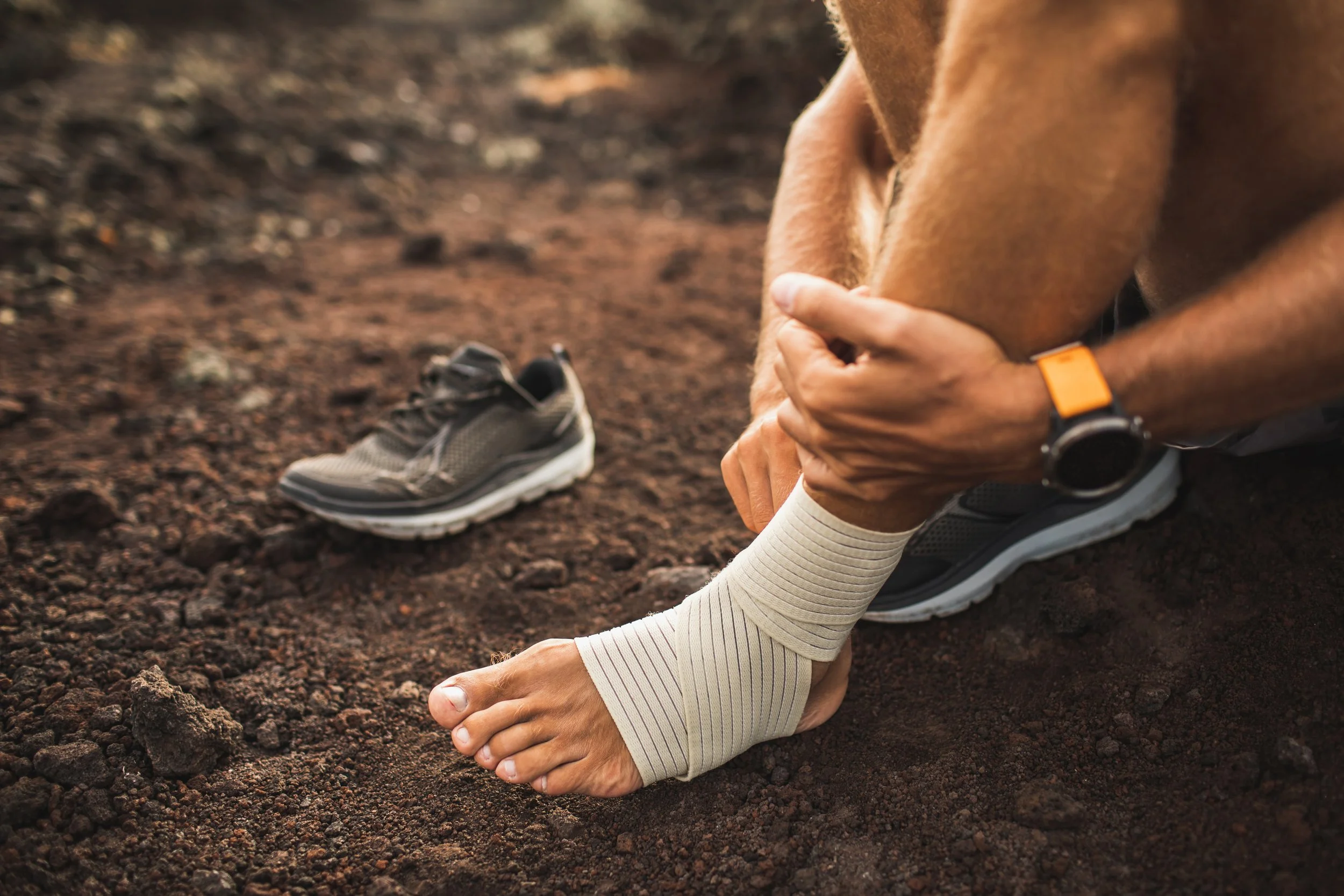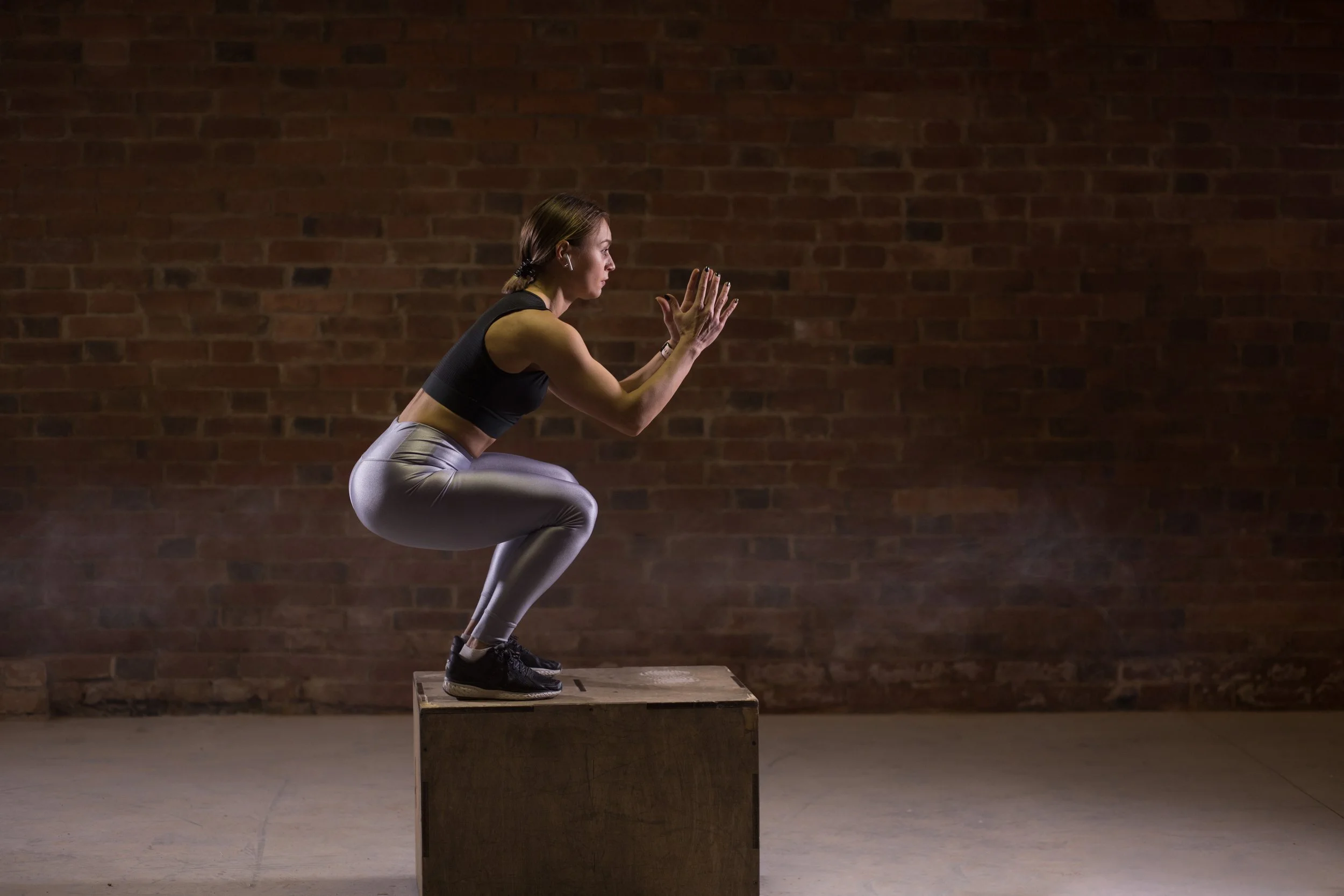Mark Bouma, PT takes readers through the areas to watch out for while raking leaves. The fall changes in the PNW is a time of beautiful color but also typically wet and heavy leaves.
Patellofemoral pain is largely a diagnosis of exclusion. There can be many causes of knee pain and it is important for your healthcare provider to properly assess your individual condition. Many individuals have anterior knee pain with prolonged sitting with flexed knees.
There are three common provocative diagnostic tests that are most closely correlated with patellofemoral joint pain:
Squatting
Climbing Stairs
Eccentric Step-Down Test
Research has linked several key factors that may contribute to an individual developing patellofemoral pain. These factors are not present in everybody who has symptoms, but there are often impairments in one or more of these areas found during a physical therapy exam.












